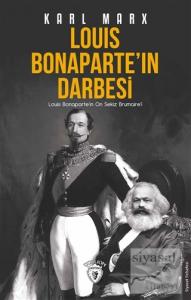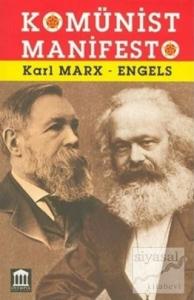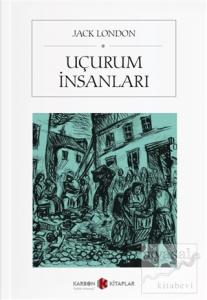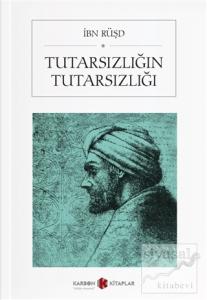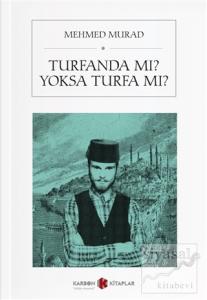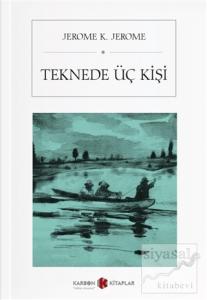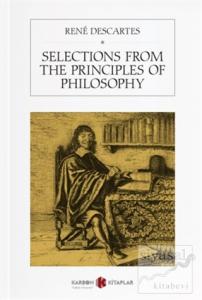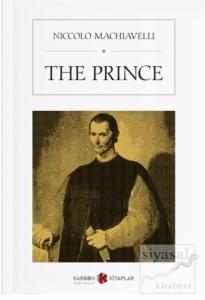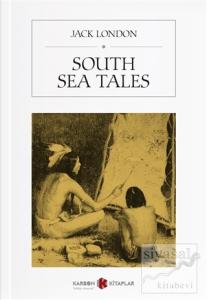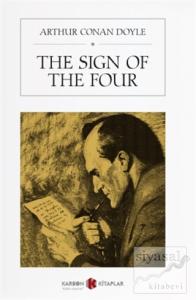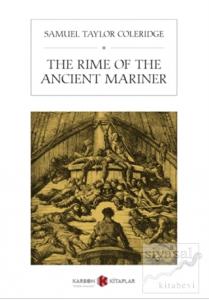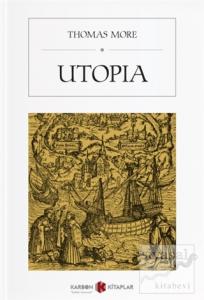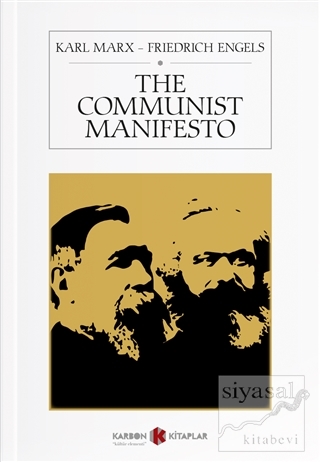
blication was planned to coincide with the first revolutions in France we can only surmise. However what we do know is that both Marx and Engels were commissioned to compile the Communist Party Manifesto at the Second Congress of the Communist League which met between November and December 1847.
The Manifesto is split into four sections but the overall aim of the book is an attempt to explain the ideologies and goals of the Communist party. Marx and Engels argue that it is "the history of class struggles" that are the driving force of history.
“A spectre is haunting Europe the spectre of Communism.”
“Workıng Men Of All Countries, Unite!”
blication was planned to coincide with the first revolutions in France we can only surmise. However what we do know is that both Marx and Engels were commissioned to compile the Communist Party Manifesto at the Second Congress of the Communist League which met between November and December 1847.
The Manifesto is split into four sections but the overall aim of the book is an attempt to explain the ideologies and goals of the Communist party. Marx and Engels argue that it is "the history of class struggles" that are the driving force of history.
“A spectre is haunting Europe the spectre of Communism.”
“Workıng Men Of All Countries, Unite!”















